The Independent's journalism is supported by our readers. When you purchase through links on our site, we may earn commission.
Keeping the familiar new
If your choice of tipple is sauvignon blanc, you may be reluctant to stray from that tried-and-tested favourite label. Even so, there are ways to stay faithful while exciting your palate, as Nuria Stylianou suggests
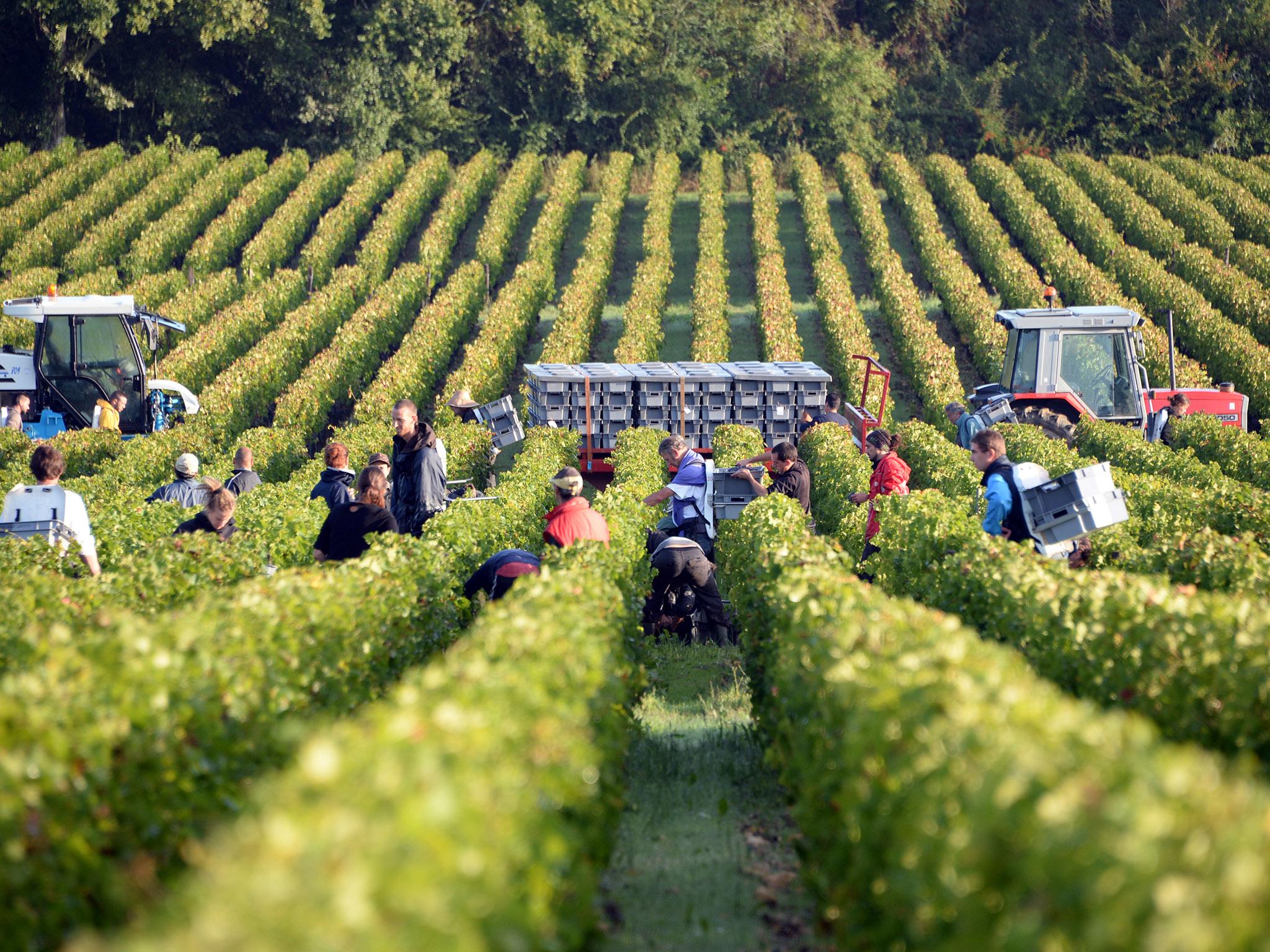
Your support helps us to tell the story
From reproductive rights to climate change to Big Tech, The Independent is on the ground when the story is developing. Whether it's investigating the financials of Elon Musk's pro-Trump PAC or producing our latest documentary, 'The A Word', which shines a light on the American women fighting for reproductive rights, we know how important it is to parse out the facts from the messaging.
At such a critical moment in US history, we need reporters on the ground. Your donation allows us to keep sending journalists to speak to both sides of the story.
The Independent is trusted by Americans across the entire political spectrum. And unlike many other quality news outlets, we choose not to lock Americans out of our reporting and analysis with paywalls. We believe quality journalism should be available to everyone, paid for by those who can afford it.
Your support makes all the difference.Why we fall in love with a particular style of wine is anyone’s guess: familiarity, convenience or fear of disappointment perhaps? Shared camaraderie in drinking the same grape or style – maybe sauvignon blanc or Provence rosé with your oldest group of friends – the wine taken care of, you can sit back and focus on the conversation without worrying if you ordered the wrong thing.
But even within the walls of the familiar, there’s plenty of opportunity to play around. This week we’ll deal with lovers of sauvignon blanc, with its high acidity, medium-body and defining notes of gooseberry, elderflower, passion fruit and grapefruit balanced with nettle, grass and green pepper herbal notes. The aromatics belong to a group of chemicals called methoxypyrazines (for the herbaceous flavours) and mercaptans or thiols (for the fruity flavours).
Cooler climates tend to have higher concentrations of the former, giving more herbaceous wines, such as those from New Zealand; in more moderate climates, the latter, with flavours that tend to verge more towards passion fruit and elderflower.
A balance of fruit and vegetable flavours and nearly always unoaked, the classic regions of production are the Loire Valley (more restrained and clean on the palate with limestone minerality, from key appellations such as Sancerre, Pouilly-Fumé and Menetou-Salon) and Bordeaux (with distinctly herbaceous, grassy and elderflower notes) and the New World – New Zealand being a standout location. But tradition aside, whether the sauvignon blanc is from a less familiar region or is made in a more unusual style, it can be fun to get your palate excited all over again.
Depending on the style, the wine makes an ideal partner for lean and meatier white fish, shellfish, spicy and aromatic dishes, not to mention goats’ cheese. With such diverse food options, it’s easy to see why sauvignon blanc is such a dependable grape.
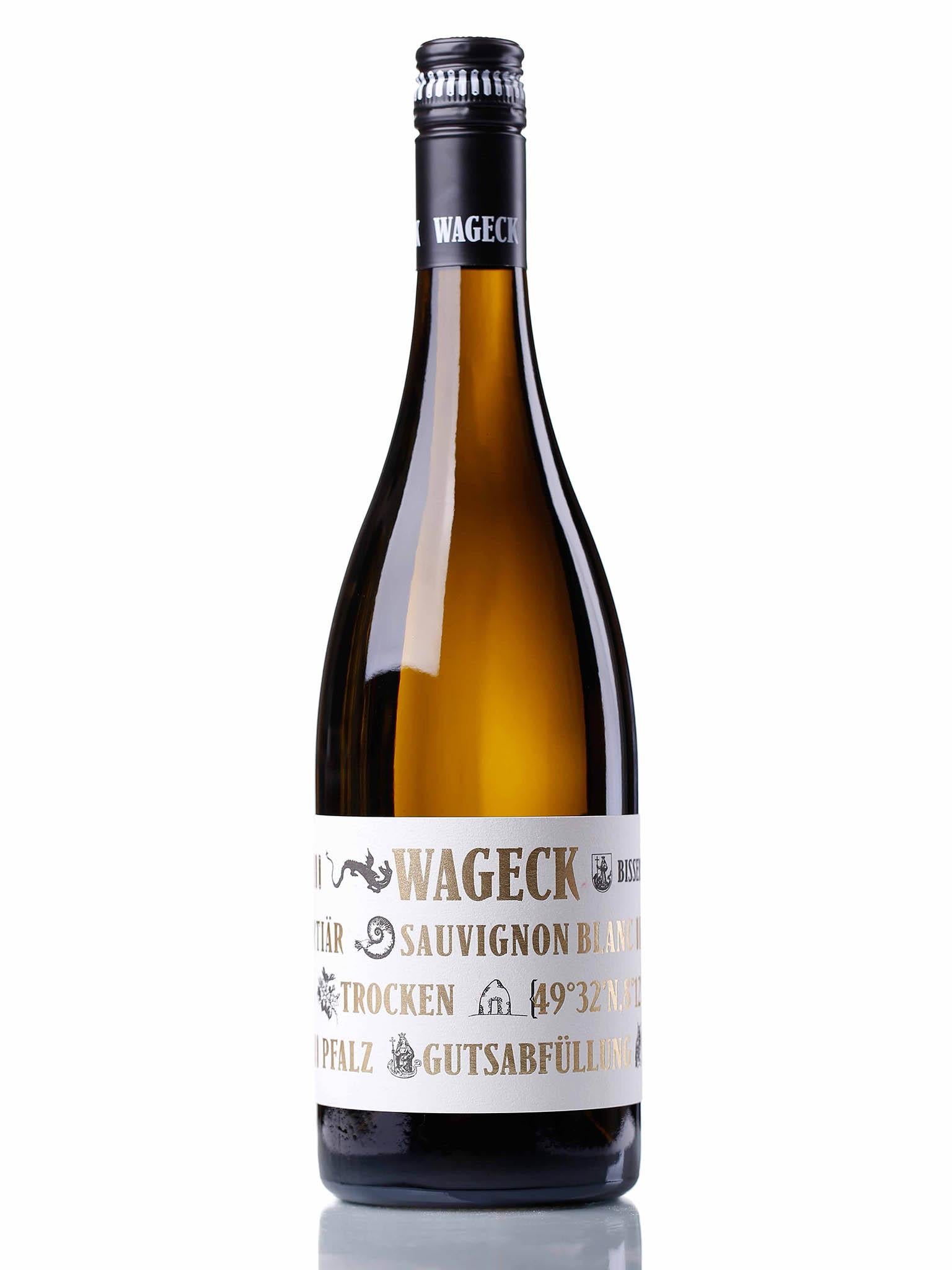
Weingut Wageck Tertiär, Pfalz, 2015
£13.50, Oddbins; call 0800 328 2323
Made from four different sauvignon blancs, from three different parcels in limestone-rich soil, most of this wine is fermented in stainless steel with 10 per cent spontaneously fermented in small wooden barrels. All combine to give a clean, super thirst-quenching, mineral-driven delight, with mandarin and grapefruit undertones.
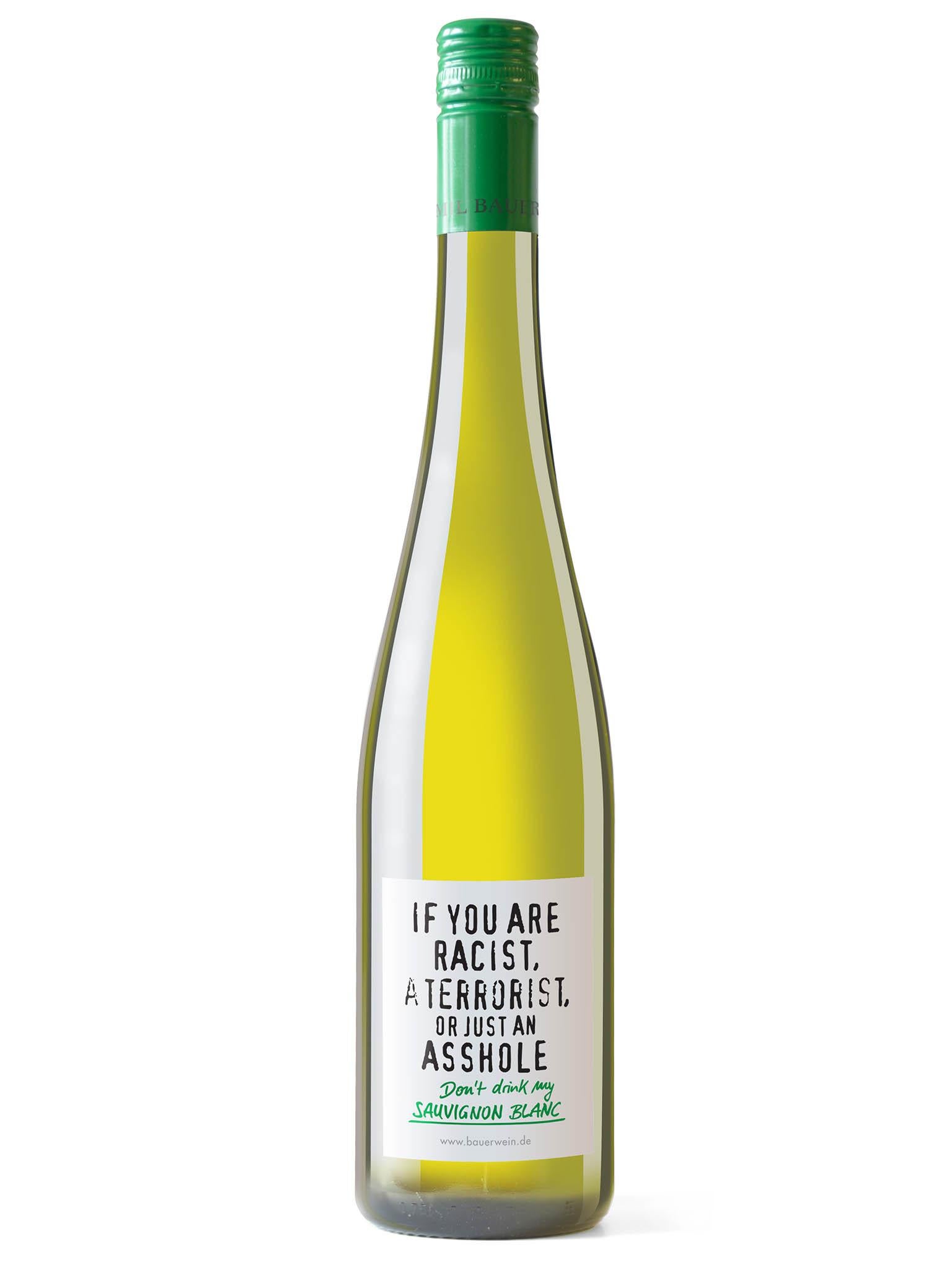
Emil Bauer & Söhne “Asshole” Sauvignon Blanc, Pfalz, 2015
£13.50, redsquirrelwine.com
This is another sauvignon blanc from Germany’s Pfalz wine-growing region, but with a more off-dry style. It displays crisp, fresh flavours of green peppers and nettle, with a background of tropical notes, alongside juicy green apples and lime. A great accompaniment to roast chicken or red mullet. Fans of New Zealand styles will love this.
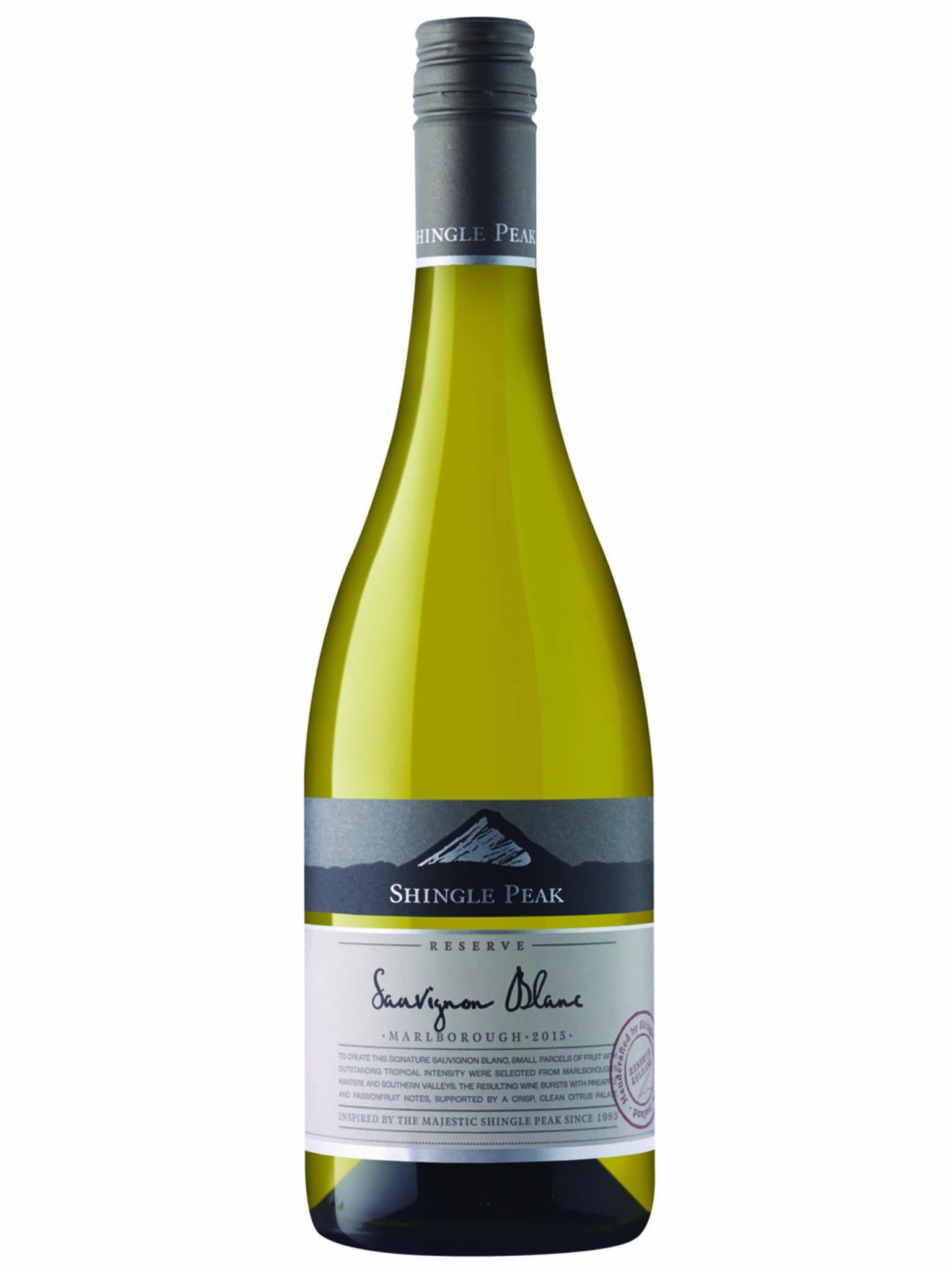
Shingle Peak Reserve Sauvignon Blanc, 2015
£13.99, Laithwaites.co.uk
New Zealand brothers Ross and Bill Spence founded Matua Valley Wines in 1973 in an old tin shed in the heart of Marlborough’s Golden Mile. Many accolades later, their award-winning Shingle Peak Reserve boasts intense and rich flavours of refreshing lemon, freshly cut grass, green pepper, passion fruit and grapefruit. With flavours all in alignment, a glass or two with a salad niçoise or fish and chips will make you feel one step closer to springtime.

The Supernatural Sauvignon Blanc
£14.75, Vintageroots.co.uk
From Hawke’s Bay, on New Zealand’s warmer North Island, a region with a reputation for producing quality merlot and cabernet sauvignon, the Supernatural Wine Company’s sauvignon blanc is made with minimal intervention and with skin contact prior to fermentation to intensify flavours and add weight and colour to the wine. Juicy notes of grilled sugared grapefruit and burstingly ripe flavours of peach, joyfully running down your chin.
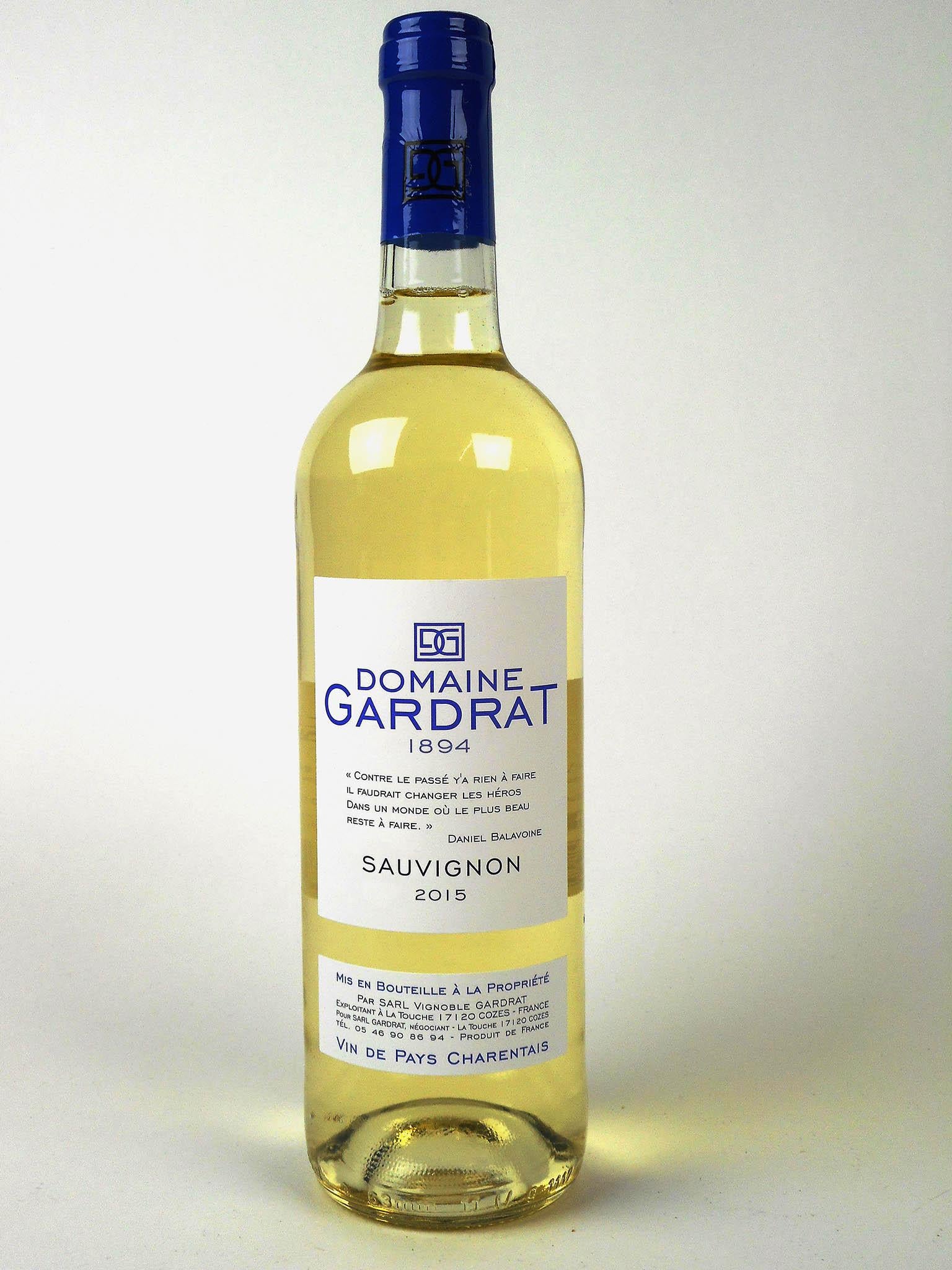
Domaine Gardrat, Vin de Pays Charentais, Sauvignon 2015
£10.40, Yapp.co.uk
A superb young wine from Domaine Gardrat in Charentais, the region known for producing cognac. Light-bodied and pure, with delicate notes of elderflower and grapefruit and a nervy minerality, this works as an aperitif and goes with so many dishes, from light salads to seafood, goats’ cheese, curry, even chicken soup – its zesty acidity awakens the taste buds.
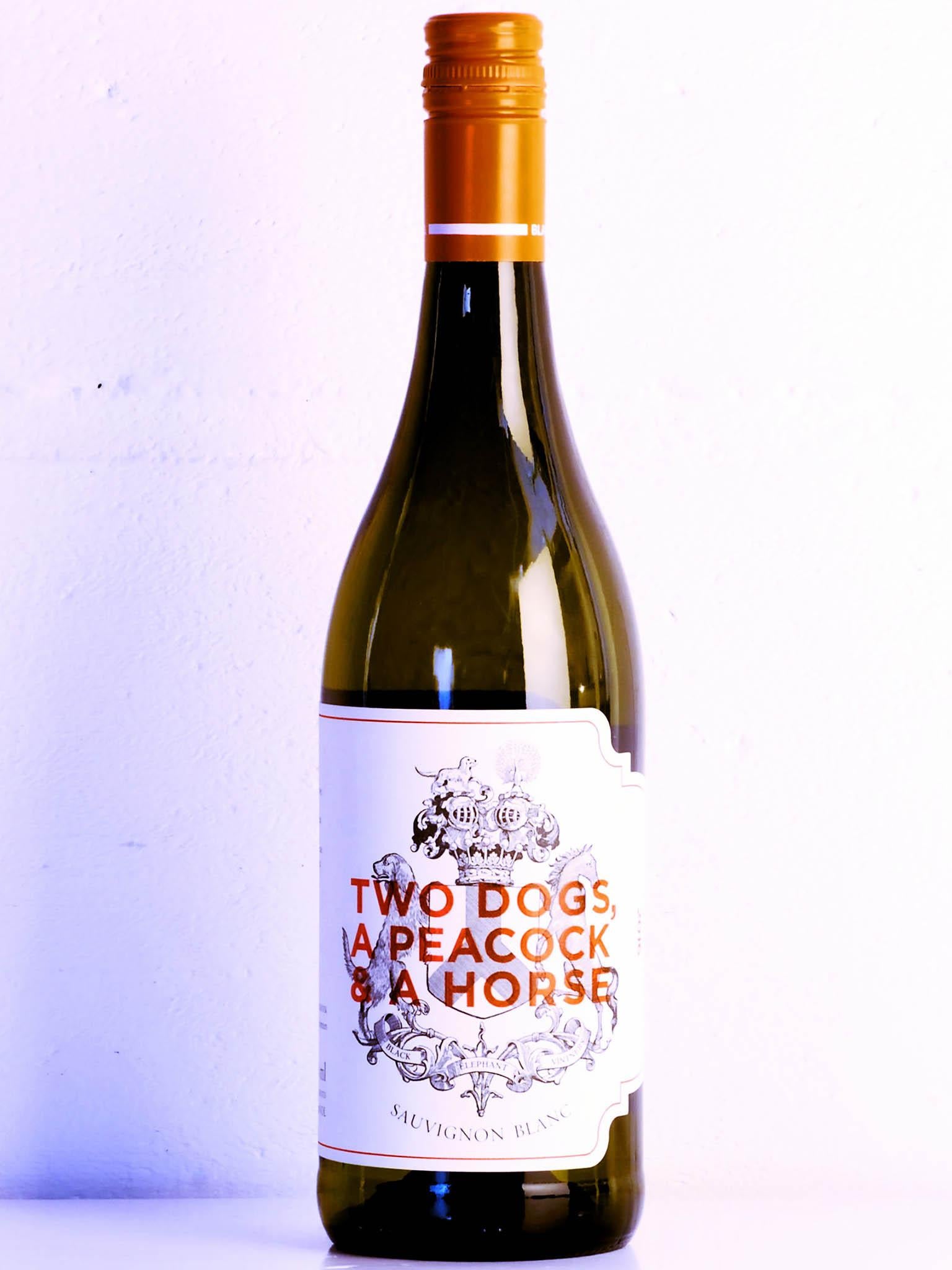
Black Elephant Vintners, Two Dogs, a Peacock and a Horse, 2016
£13.99, redsquirrelwine.com
In Franschhoek in South Africa, this sauvignon blanc is hand-harvested from seven different plots at 300m altitude, in the cooler early mornings, to retain fresh aromas of green fruit, lychees, guava, and lime with a touch of old-vine, barrel-fermented semillon to add body. The sauvignon also benefits from three months of lees contact to add richness to the ongoing acidity. Deliciously refreshing, this is a good-quality example of Cape Town’s ability to bridge Old World with New. Enjoy with strong seafood flavours from Cape Town’s Camps Bay such as swordfish, langoustines and kingklip.
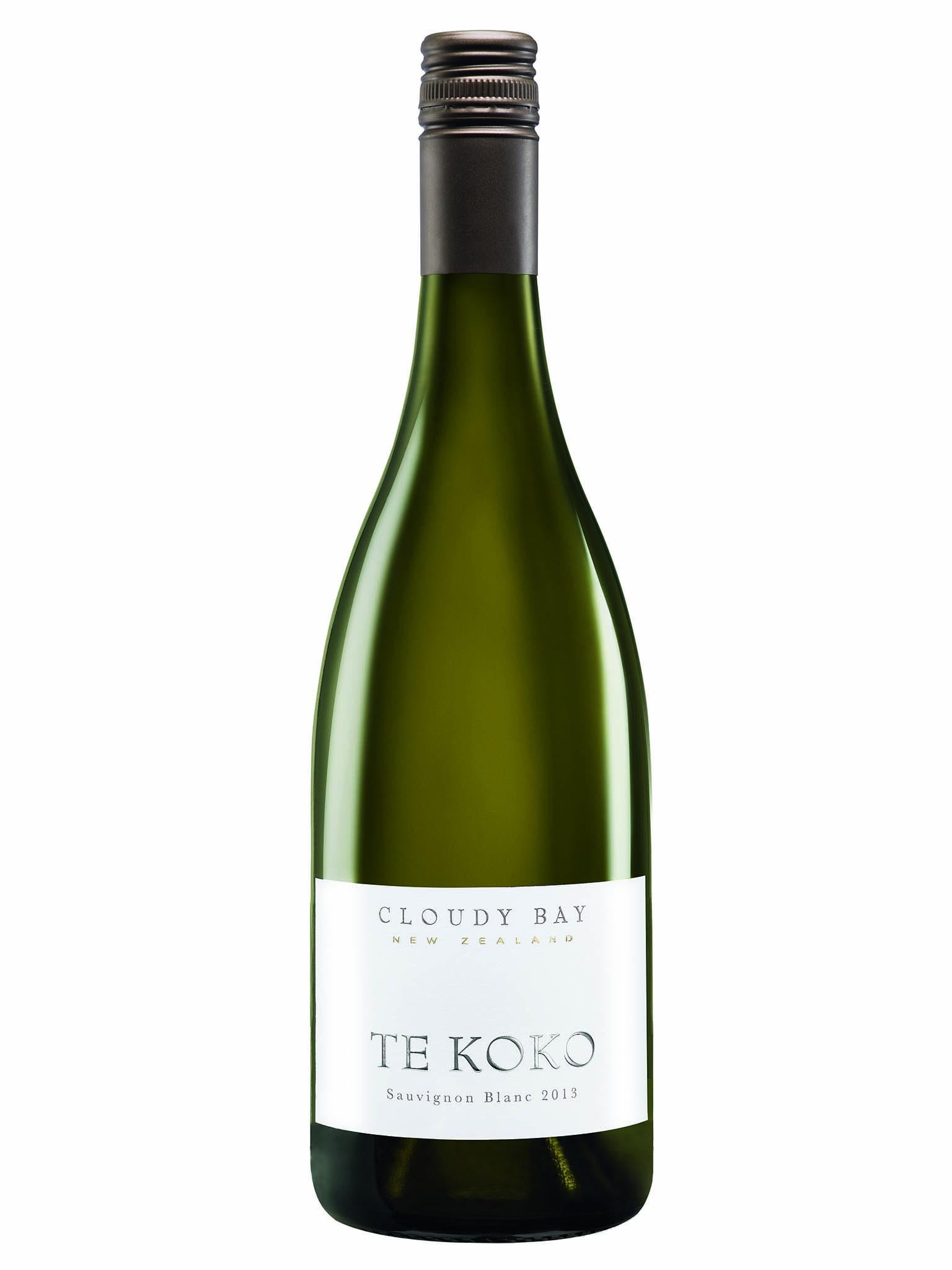
Cloudy Bay Te Koko, Marlborough, 2013
£37.50, Majestic.co.uk
From New Zealand’s most iconic winery, Cloudy Bay’s Te Koko is fermented using indigenous wild yeasts and – unusually – it is aged in oak with lees stirring and released after three years, to give intense, mouth-filling flavours of lychees, almonds, gooseberry and citrus. Rich on the palate, the ripe tropical sweetness and almost caramel undertones are balanced with crisp acidity and a nutty, spicy finish.
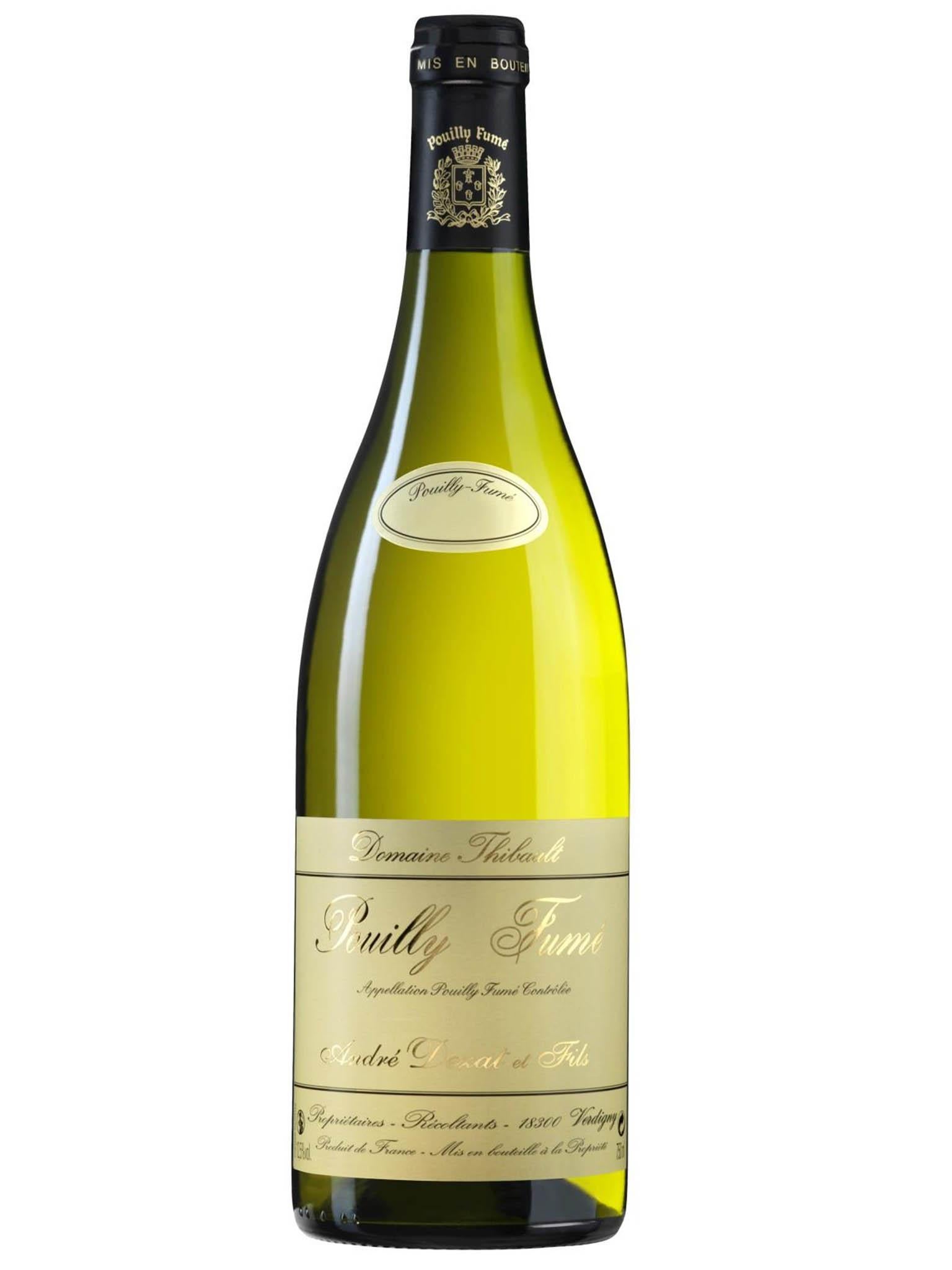
2015 Pouilly-Fumé, Domaine Thibault, André Dezat
£19.50, Bbbr.com
It would be sacrilege to mention sauvignon blanc without referring to the Loire Valley. This is a restrained style from one of the oldest wine-grower families in Sancerre, dating back to 1550. With Andre Dezat now at the helm, the 2015 Pouilly-Fumé has pure flavours of peach, nectarine, pear and citrus zing, against a backdrop of smoky gun flint minerality. Clean, refreshing with a wonderful depth and intensity of flavour, this holds up well with smoked salmon or mackerel, oysters, meatier fish such as halibut, as well as spicy lamb meatballs, foie gras or goats’ cheese. A classy upgrade, this would also be very welcomed served as an aperitif.
Join our commenting forum
Join thought-provoking conversations, follow other Independent readers and see their replies
Comments